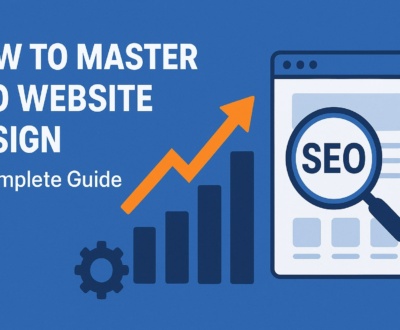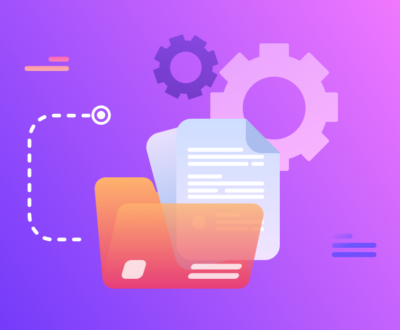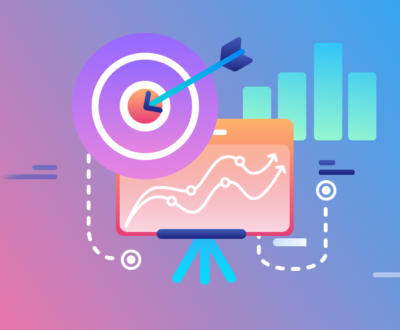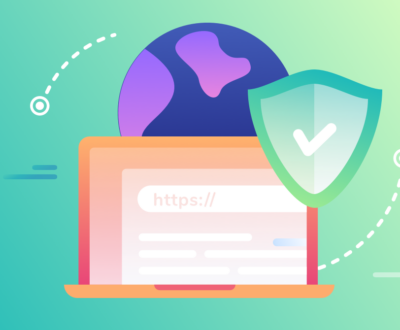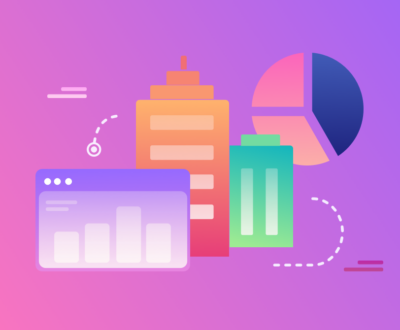Images are the backbone of modern web design—but if used incorrectly, they can slow down your website, hurt your SEO, and frustrate users. Knowing the best image sizes for web design and SEO helps you build beautiful, fast-loading, and search-friendly websites that keep users engaged and boost visibility on Google.
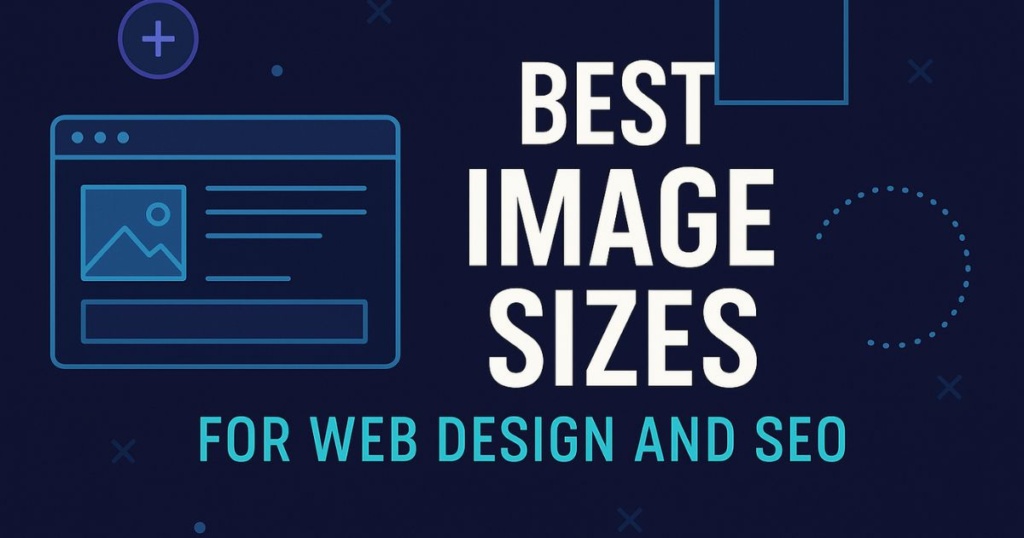
Contents
- 1 Why Image Optimization Matters in Web Design and SEO
- 2 Key Image Dimensions for Different Web Design Elements
- 3 Recommended Image Sizes by Platform and Device
- 4 Ideal File Sizes for SEO and Performance
- 5 Choosing the Right File Format (JPEG, PNG, WebP, SVG)
- 6 How to Resize Images Without Losing Quality
- 7 Using Image ALT Tags for SEO
- 8 Image Sitemaps and Structured Data for Google
- 9 Tools for Image Compression and Optimization
- 10 Common Image Mistakes That Hurt Web Performance
- 11 Best Practices for Retina and High-Resolution Displays
- 12 Webxpro Digital’s Approach to Image Optimization
- 13 FAQs on Image Sizes for Web Design and SEO
- 13.1 1. What size should a hero image be for web design?
- 13.2 2. What’s the best image format for SEO?
- 13.3 3. Can large images hurt SEO rankings?
- 13.4 4. Should I use different image sizes for mobile?
- 13.5 5. How many KB should a blog image be?
- 13.6 6. What’s the fastest way to optimize images in WordPress?
- 13.7
- 14 Conclusion
Why Image Optimization Matters in Web Design and SEO
Faster Load Times Improve User Experience
Site speed is a direct ranking factor. Heavy images increase load times, leading to higher bounce rates and lower conversions. Optimized images create a seamless experience for users.
Better Rankings Through SEO-Friendly Media
Google’s algorithms now factor image performance, ALT tags, and structured data into page rankings. The more optimized your visuals, the better your chances of appearing in image search and SERPs.
Key Image Dimensions for Different Web Design Elements
| Element | Recommended Size |
|---|---|
| Hero Image/Banner | 1920×1080 px (Full HD) |
| Blog Post Image | 1200×628 px (Social share optimized) |
| Product Image | 800×800 px (square) or 1000×1000 px |
| Thumbnail | 150×150 px or 300×300 px |
| Gallery Image | 800×600 px |
| Favicon | 16×16 px or 32×32 px |
These dimensions provide clarity without bloating your page.
Recommended Image Sizes by Platform and Device
Desktop Standards
- Fullscreen images: 1920px width
- Content column images: 800–1200px width
Mobile-Friendly Dimensions
- Max width: 1080px (but optimized to scale down)
- Use flexible image widths in CSS (e.g., 100%)
Responsive Design Considerations
Always use srcset to serve different image sizes based on screen resolution. This ensures fast performance across devices.
Ideal File Sizes for SEO and Performance
What is a Good Image File Size?
- Web images should ideally be under 200 KB.
- Hero images should be under 500 KB, even for full-screen visuals.
Compression Tools & Formats
- TinyPNG / ImageOptim – Compress without losing quality
- Use lossy compression for photos (JPEG/WebP) and lossless for logos (PNG/SVG)
Choosing the Right File Format (JPEG, PNG, WebP, SVG)
When to Use JPEG
- Best for photos, backgrounds, and illustrations with many colors.
When to Use PNG
- Great for transparent graphics and logos. Use sparingly due to larger size.
Benefits of WebP
- Up to 30% smaller than JPEG/PNG with equal or better quality.
- Supported by all major browsers.
How to Resize Images Without Losing Quality
Top Tools for Resizing
- Adobe Photoshop
- Canva Pro
- Squoosh.app (browser-based)
Tips for Maintaining Clarity
- Resize before uploading, not via HTML/CSS
- Always export images at 72 DPI for web
Using Image ALT Tags for SEO
Writing Descriptive ALT Text
Your ALT tags should describe what the image shows and include relevant keywords when natural.
Bad Example: image1.jpg
Good Example: responsive-web-design-agency-showcase.png
Accessibility and Image Search Benefits
ALT text also aids screen readers and improves accessibility for all users.
Image Sitemaps and Structured Data for Google
What is an Image Sitemap?
An image sitemap helps Google discover images that might not be crawlable through standard links.
How to Implement It
Add image URLs to your sitemap or create a separate image sitemap using tools like Screaming Frog or Yoast SEO.
Tools for Image Compression and Optimization
| Tool | Use Case |
|---|---|
| TinyPNG / TinyJPG | Compress PNG and JPEG |
| Squoosh | Browser-based resizing |
| ShortPixel | WordPress plugin |
| ImageOptim | Mac desktop optimization |
| WebP Converter | Convert images to WebP |
Common Image Mistakes That Hurt Web Performance
Using Too-Large Backgrounds
Backgrounds should be compressed and scaled. Avoid uploading original camera-size images (e.g., 6000px wide).
Ignoring Lazy Loading
Use lazy loading for offscreen images to delay loading until the user scrolls to them.
Best Practices for Retina and High-Resolution Displays
2x Image Rule
Use double-resolution images (e.g., 800×800 px shown as 400×400 px) to maintain sharpness on Retina displays.
Using srcset for Responsive Images
Define multiple image sources using the srcset attribute for different devices and bandwidth conditions.
Webxpro Digital’s Approach to Image Optimization
At Webxpro Digital, we believe smart image usage balances speed and aesthetics. Every image is:
- Sized for its exact use-case,
- Compressed with WebP or JPEG,
- Served responsively using
srcset, - Tagged with proper ALT descriptions for SEO.
Whether it’s a custom website or SEO campaign, our designs are built to be visual and visible.
FAQs on Image Sizes for Web Design and SEO
1. What size should a hero image be for web design?
1920×1080 pixels works best for high-res displays while maintaining a fast load.
2. What’s the best image format for SEO?
WebP is currently the best for performance and quality, supported across all browsers.
3. Can large images hurt SEO rankings?
Yes. Large, unoptimized images slow down your site, which affects both user experience and SEO rankings.
4. Should I use different image sizes for mobile?
Yes. Use responsive images with srcset to serve smaller files to mobile users.
5. How many KB should a blog image be?
Ideally between 50–150 KB, depending on layout and visibility.
6. What’s the fastest way to optimize images in WordPress?
Use plugins like ShortPixel, Smush, or Imagify to compress and lazy load images automatically.
Conclusion
Smart image sizing is essential for modern web design and SEO. From hero banners to product photos, every image should be intentionally sized, optimized, and placed. By following these best practices, you’ll deliver faster sites, improved UX, and better rankings.
📸 Need help optimizing your images and boosting SEO?
Let Webxpro Digital handle the heavy lifting. Our image strategies don’t just look good—they perform like pros.
About us and this blog
We are a digital marketing company with a focus on helping our customers achieve great results across several key areas.
Request a free quote
We offer professional SEO services that help websites increase their organic search score drastically in order to compete for the highest rankings even when it comes to highly competitive keywords.
Subscribe to our newsletter!
More from our blog
See all postsRecent Posts
- How to Master SEO Website Design: A Complete Guide August 31, 2025
- How to Choose the Right Custom Website Design Company August 31, 2025
- Best Image Sizes for Web Design and SEO June 24, 2025


